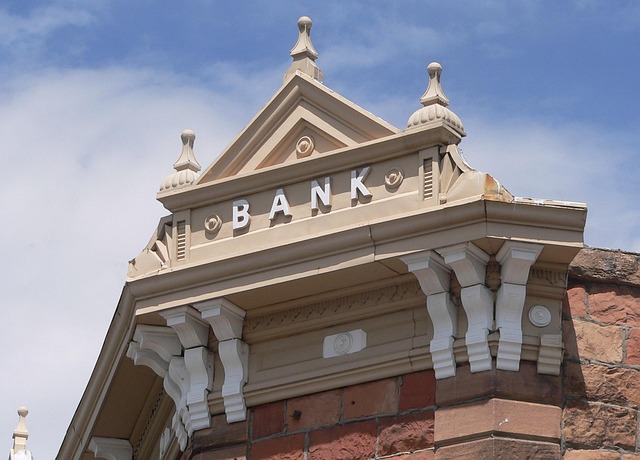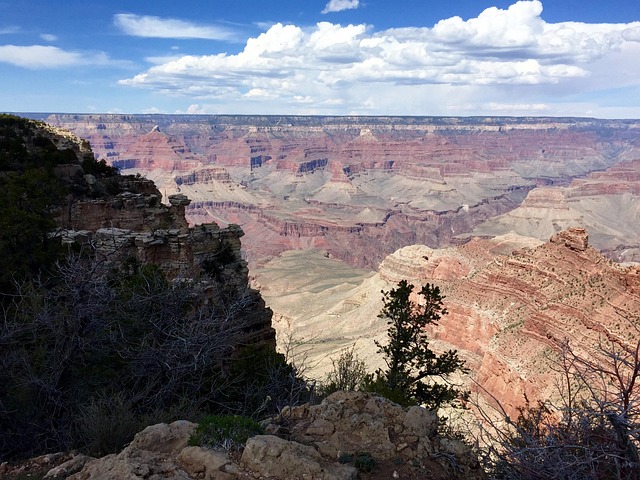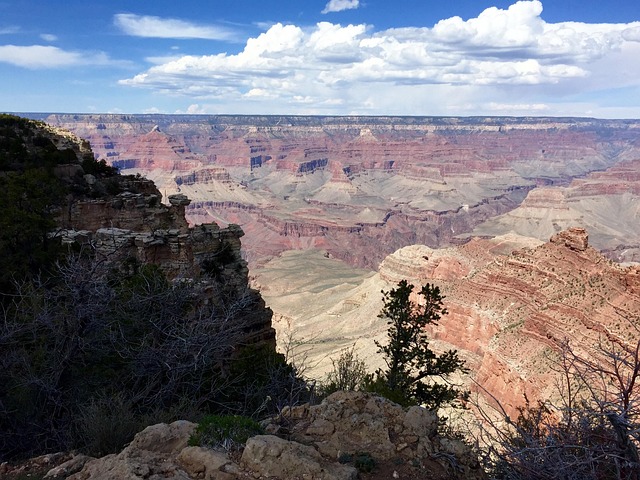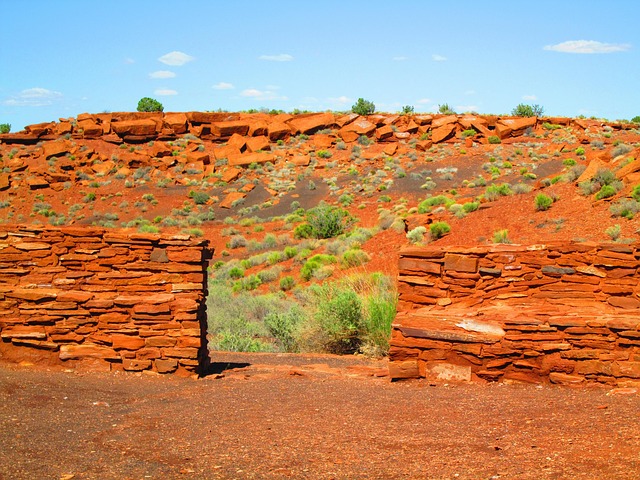Historic downtown areas across cities are experiencing a renaissance driven by real estate development initiatives that prioritize restoring and preserving unique architectural charm while integrating modern amenities. Local governments and investors recognize the potential of these neighborhoods, leading to a surge in revitalized properties like converted lofts and boutique hotels. This transformation brings economic benefits, fosters community pride, and harmoniously integrates new developments with historical structures, making historic downtowns sought-after destinations that showcase tradition and contemporary urban living. Real estate properties play a crucial role in fostering community engagement through cultural events, attracting locals and visitors alike to these vibrant areas rich in history and diverse architecture.
“Discover how historic downtown areas are experiencing a vibrant renaissance through real estate initiatives. Explore the transformative power of revitalization efforts, which are breathing new life into these cultural hubs. From revitalized properties fostering community engagement to the delicate balance of preserving historical architecture in modern development, this article delves into the diverse strategies reshaping our urban landscapes. Uncover how real estate is playing a pivotal role in nurturing and showcasing the rich tapestry of downtown culture.”
Revitalization Efforts: How Real Estate is Transforming Historic Downtown Areas

The historic downtown areas across many cities are experiencing a renaissance, largely driven by real estate development initiatives. These efforts focus on restoring and preserving the unique architectural charm while incorporating modern amenities to attract residents and visitors alike. Local governments and investors are recognizing the potential of these neighborhoods, leading to a surge in revitalized properties. From lofts converted from old warehouses to boutique hotels in restored historic buildings, the real estate market is transforming these areas into vibrant cultural hubs.
This transformation not only brings economic benefits but also fosters a sense of community and pride among locals. The careful integration of new developments with existing historical structures ensures that the area’s rich character remains intact while offering improved infrastructure and better accessibility. As a result, historic downtowns are becoming sought-after destinations, showcasing the harmonious blend of tradition and contemporary urban living.
Cultural Hubs: The Role of Properties in Fostering Community Engagement

The vibrant downtown area, with its rich history and diverse architecture, serves as a cultural hub that attracts locals and visitors alike. Real estate properties play a pivotal role in fostering community engagement by facilitating spaces for artistic expression and cultural events. Historic buildings, with their unique character, often house galleries, theaters, and performance venues that showcase local talent and attract tourists, thereby enhancing the area’s cultural tapestry.
These real estate gems not only preserve the downtown’s heritage but also create opportunities for social interaction and community building. From art exhibitions to music festivals, these properties become the heart of cultural activities, encouraging residents to connect, celebrate, and engage with their surroundings. The result is a thriving metropolis where culture brims with energy, fostering a strong sense of belonging among its people.
Preserving History: Balancing Development and Conservation in Downtown Real Estate

The vibrant pulse of downtown, with its historic buildings and cultural attractions, is a treasure trove for real estate enthusiasts. However, balancing development and conservation presents a delicate challenge in this dynamic urban setting. As the city evolves, preserving the rich history and architectural heritage becomes an integral part of any real estate project. Developers must navigate the fine line between modern amenities and maintaining the downtown’s unique character.
One approach is to incorporate historic preservation into the fabric of new developments, ensuring that the past is respected while embracing contemporary design. This strategy not only preserves the area’s cultural identity but also attracts a diverse range of residents and businesses. By carefully considering the integration of historical elements, modern real estate can respect downtown’s legacy while catering to the needs of a changing community.






